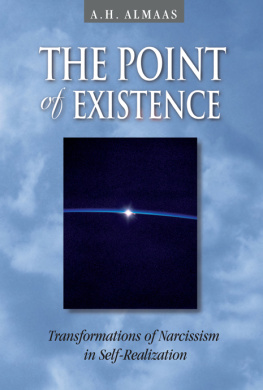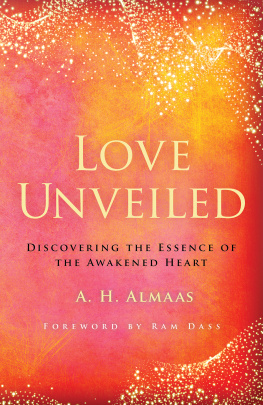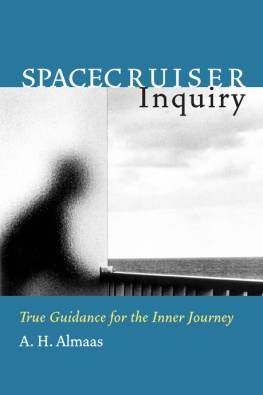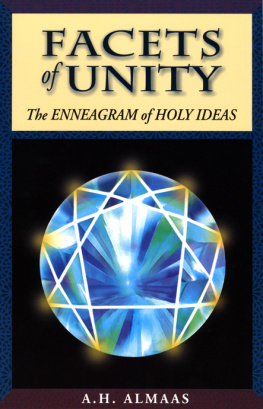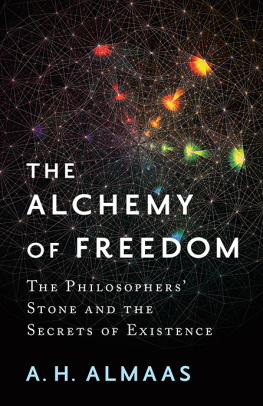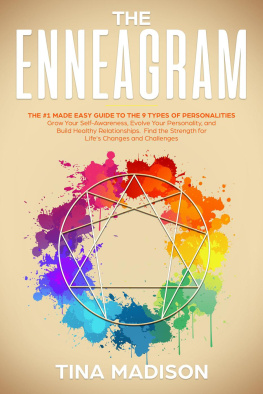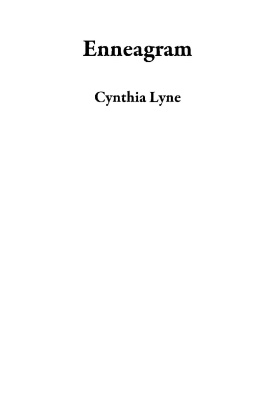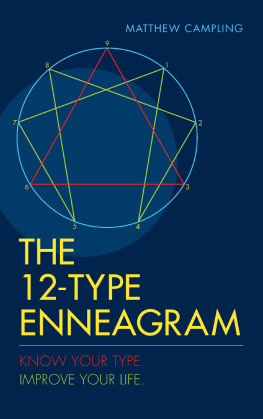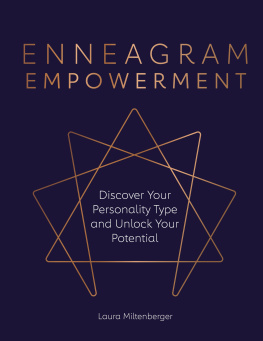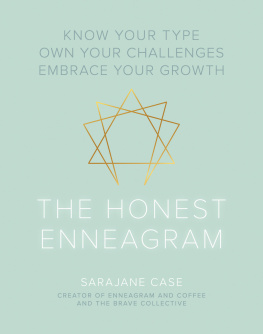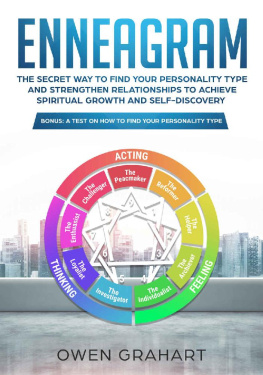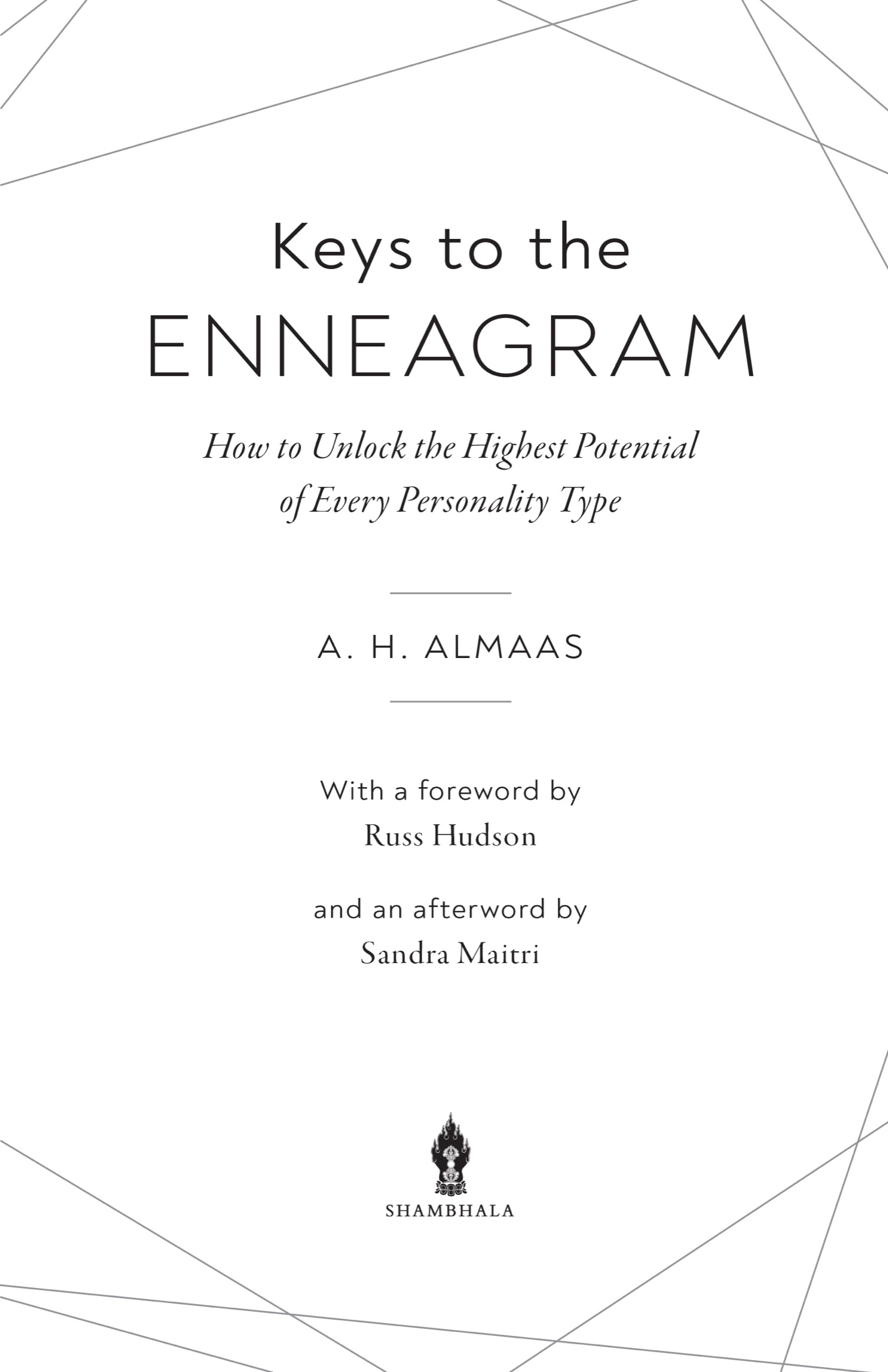PRAISE FOR
Keys to the Enneagram
An inspiring, high-level offering from someone who deeply understands the process of spiritual realization for people who truly want to know how to use the Enneagram to liberate them from their ego and find the key to attaining a lived experience of eternal spirit.
BEATRICE CHESTNUT, PHD
author of The Complete Enneagram and The 9 Types of Leadership and coauthor of The Enneagram Guide to Waking Up
There are few teachers of consciousness, let alone Enneagram teachers, who can perceive, embody, articulate, and transmit the simultaneous arising of equal facets of spaciousness and singularity, expansion and particularity, personal love and emptiness, and personal will and surrenderall while focused on the vital need to awaken to our essential nature and potential. Like the Enneagram, A. H. Almaas himself is a tuning fork for this possibility of development and living. And somehow in Keys to the Enneagram he gently and firmly guides us onto that precise and expansive authentic path, beyond our fascination with personality. Before we know it, we have been initiated into a lineage of truth and Presence.
I have had the honor of being the curator and host of the annual Enneagram Global Summit on the Shift Network since 2014 and have had meaningful, cutting-edge conversations with over a hundred Enneagram teachers. With absolute certainty, I can say that Almaas is among a very few teachers whose constant aim is to awaken themselves and be in service to others awakening. He never approaches the Enneagram with the slightest bit of derision toward, or reification of, personality, and he is unparalleled in this in my experience. His compass never wavers from its direction hometo real self and to realitythat, by the way, supports the emergence of each individuals true purpose and offering to this life.
This book is perhaps the first to so keenly and clearly articulate a growing realization among some of us who teach the Enneagram for awakening that the transformational power of working with all nine fixations and journeying on all nine paths of essential qualities is paramount. If you want to awaken to your true self and follow a North Star to wholeness and liberation through compassion and learning from your ego, pick up and read Keys to the Enneagram. You will have a North Star in your very own hands and eyes.
JESSICA DIBB
founder and director of Inspiration Consciousness School and founder and host of the Shift Network Annual Enneagram Global Summit
Shambhala Publications, Inc.
2129 13th Street
Boulder, Colorado 80302
www.shambhala.com
2021 by A-Hameed Ali
Excerpts from Ennea-type Structures: Self-Analysis for the Seeker by Dr. Claudio Naranjo (Gateways Books & Tapes, 1991) included by permission of the publisher.
Excerpts from The Wisdom of the Enneagram: The Complete Guide to Psychological and Spiritual Growth for the Nine Personality Types by Don Richard Riso and Russ Hudson, copyright 1999 by Don Riso and Russ Hudson. Used by permission of Bantam Books, an imprint of Random House, a division of Penguin Random House LLC. All rights reserved.
Excerpts from The Spiritual Dimension of the Enneagram: Nine Faces of the Soul by Sandra Maitri (Jeremy Tarcher/Putnam, 2000) included by permission of the author.
Cover art: robin.ph/Shutterstock, KatMoy/Shutterstock,
VerisStudio/Shutterstock, Tiffy Studio/Shutterstock
Cover design: Shubhani Sarkar
Interior design: Kate Huber-Parker
All rights reserved. No part of this book may be reproduced in any form or by any means, electronic or mechanical, including photocopying, recording, or by any information storage and retrieval system, without permission in writing from the publisher.
Shambhala Publications is distributed worldwide by Penguin Random House, Inc., and its subsidiaries.
Library of Congress Cataloging-in-Publication Data
Names: Almaas, A. H., author. | Hudson, Russ, writer of foreword. | Maitri, Sandra, 1949 writer of afterword.
Title: Keys to the enneagram: how to unlock the highest potential of every personality type / A. H. Almaas; with a foreword by Russ Hudson and an afterword by Sandra Maistri.
Description: First edition. | Boulder, Colorado: Shambhala, [2021] | Includes bibliographical references and index.
Identifiers: LCCN 2020053742 | ISBN 9781611809435 (trade paperback)
eISBN9780834843943
Subjects: LCSH: Enneagram.
Classification: LCC BF698.35.E54 A46 2021 | DDC 155.2/6dc23
LC record available at https://lccn.loc.gov/2020053742
a_prh_5.8.0_139160081_c0_r1
Dedicated to
THE SARMOUN DARQ
the original source of the Enneagram, the ancient spiritual school whose grace and intention are an important current in the Diamond Approach.
CONTENTS
FOREWORD
At the time of this writing, something very unexpected is occurring. The Enneagram, part of an ancient teaching on the inner development of human beings, has emerged from the shadows of relative obscurity and is exploding into wide-ranging public attention. Once known only in certain specific spiritual schools, it has become almost mainstream. Popular articles in magazines and on the internet have proliferated to such a degree that people with the slightest interest in psychology or spirituality are likely to have heard of it. New publications on the subject arrive with greater and greater frequency and dozens of people are presenting themselves as teachers and guides in the growing Enneagram marketplace. From one point of view, this is encouraging and may reflect a genuine desire for self-knowledge in the midst of a society presented with a plethora of confusing and sometimes contradictory messages about who we are and what life is truly about. But this newfound popularity also comes at a price.
The basics of the Enneagram are fairly easy to grasp, which may account for some of its rapid growth. We learn that this system describes nine types of people and after learning about each type, we do some self-reflection and decide which one fits us best. People often report amazement at how well the Enneagram can describe not only our outer behaviors but also some of our inner motivations. It can be startling to feel so understood. We then might move on to deducing the types of family members, friends, and loved ones, not to mention celebrities or historic figures we admire. We feel like we have received an amazing new lens for seeing people more accurately. But as we dig a little deeper, we may discover that the system is more complex than we originally realized. We find that there are many different aspects to the Enneagram, not to mention many diverse theories. We may experience great excitement in sharing the latest theories with fellow Enneagram enthusiasts, but we may also feel confused by the sometimes conflicting perspectives on the system now available in the marketplace. We might wonder if there is something more to it than this.
If we persist in our explorations, we eventually realize that while there are many intriguing descriptions of the nine types and their variations, knowing these descriptions does not necessarily lead to any real change or development. At this point, some become frustrated with the Enneagram and move on to other interests, while others remain satisfied to continue discussing theories about the types. Some even learn to use the knowledge they have gathered to


